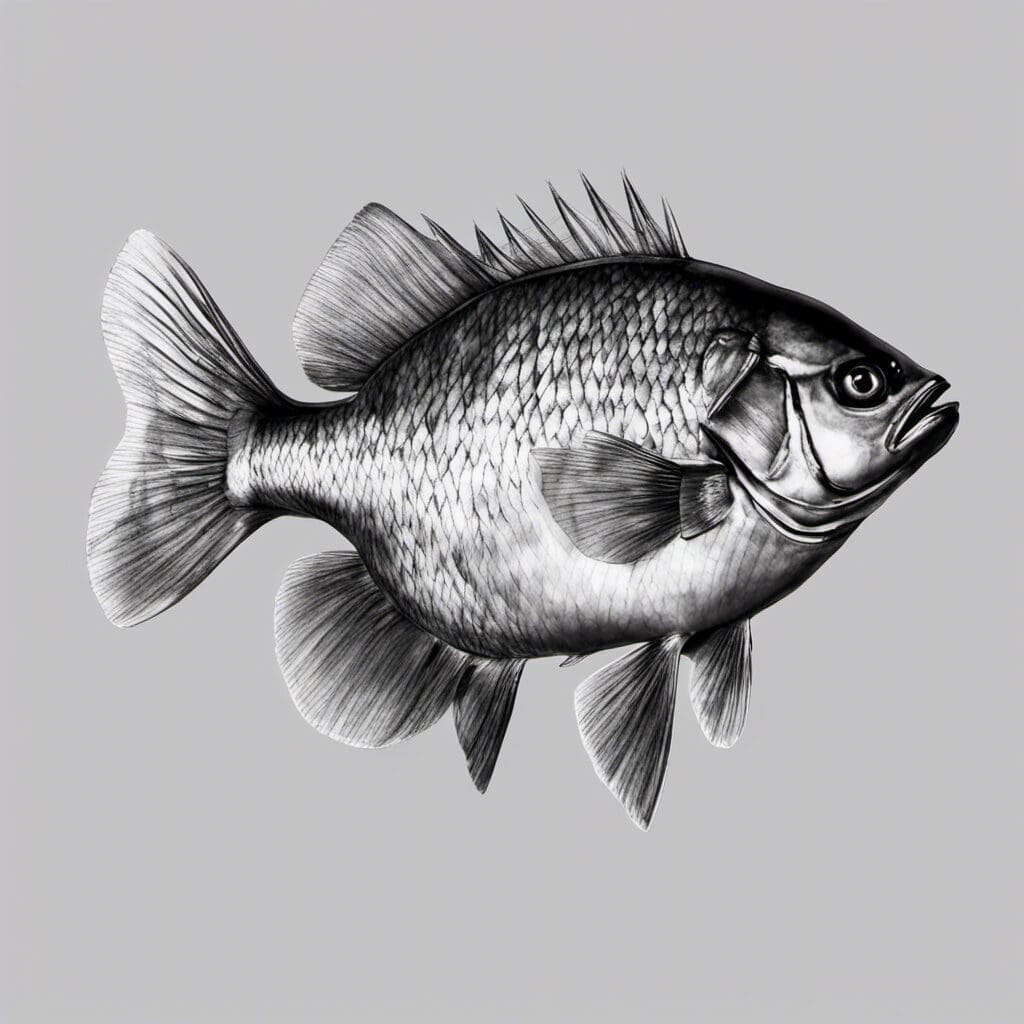Introduction
The Black Bream (also known as Southern Black Bream), scientific name Acanthopagrus butcheri, is a member of the Sparidae family. This family encompasses various identical species, including other types of bream as well as porgies and seabream.
Conservation Status
Black Bream remains currently classified as ‘Not Evaluated’ according to the IUCN Red List. Despite this, ongoing monitoring and conservation efforts focus on maintaining healthy population sizes due to concerns over commercial and recreational fishing pressures.
Statistics
The following table summarizes key statistics about the Black Bream.
| Characteristic | Average | Range |
|---|---|---|
| Length | 30-40 cm | Up to 60 cm |
| Weight | 1-2 kg | Up to 4 kg |
| Average Lifespan | 15-20 years |
Distribution
Black Bream are native to the coastal waters of southern Australia, from Shark Bay in Western Australia to the Gippsland Lakes in Victoria. They do not typically migrate, but rather move within their local habitats depending on the temperature and availability of food.
Habitats
Black Bream are primarily a brackish water species, often found in estuaries and tidal rivers.
| Water Type | Depth Range | Temperature Range |
|---|---|---|
| Brackish/Saltwater | 0-20 m | 10-27 °C |
When and Where to See
Black Bream are a year-round species, but are most active during the warmer months. They can typically be found near structures such as rocks, reefs, and jetty pylons, especially during the early morning and late evening.
Best Fishing Locations
While Black Bream can be found all along Australia’s southern coastline, some of the best fishing spots include:
– Swan River, Western Australia
– Peel Harvey Estuary, Western Australia
– Gippsland Lakes, Victoria
– Port Phillip Bay, Victoria
- Glenelg River, South Australia.
Fishing Tips
Look for structure when fishing for Black Bream as they are known to congregate in and around obstacles in the water. They also have a preference for turbid waters, making estuaries and tidal rivers prime locations.
How to Catch
Black Bream are known to take a variety of baits, but small crustaceans and shellfish are the most effective. They can be caught using a range of techniques including baitcasting, bottom fishing, and fly fishing.
Identification Guide
Black Bream are silver-grey to black in colour and have a robust, compressed body. Identifying features include a protruding lower jaw and a continuous dorsal fin with strong spines.
Culinary
Their firm, white flesh makes Black Bream ideal for a variety of cooking methods, including grilling and frying. The fish has a mild flavor, low oil content and is high in protein.
Additional Information
Black Bream are opportunistic feeders, consuming a diet primarily of shellfish and small crustaceans. They are a popular target for recreational anglers, which puts them under considerable fishing pressure.
References and Further Reading
For those keen to learn more about the Black Bream, the following resources are highly recommended:
– [Marine Species: Black Bream](https://www.fish.wa.gov.au/Species/Black-Bream/Pages/default.aspx) – Department of Fisheries, Western Australia.
– [Fish of Australia](http://www.fishesofaustralia.net.au/home/species/173) – Fishes of Australia.
– [Black Bream](https://atlasoflife.naturemapr.org/species/15929) – Atlas of Life

